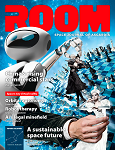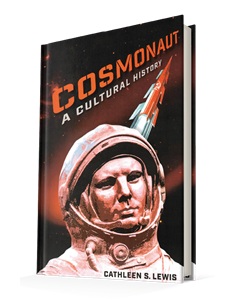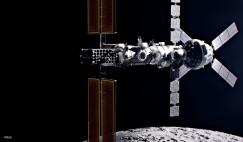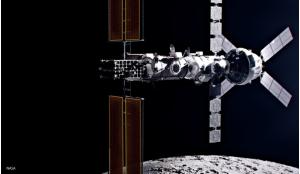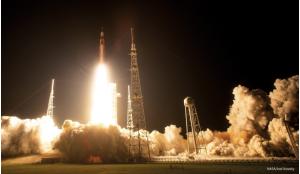One has to ask, more than 60 years after Yuri Gagarin became the first man in space, why a book called Cosmonaut would interest modern readers, especially one featuring artwork from a Soviet postage stamp on the cover. It’s a nice enough cover, but it’s so ‘retro’ that it looks like a reprint of a 1960s book. On the other hand, why not? There are plenty of books on American astronauts on the market.
Ever hopeful, the trusty reviewer is buoyed by the promise of “new avenues and perspectives from which to understand how the image of the Russian cosmonaut has changed over time” and the fact that this cultural analysis relies heavily on “sources outside of the traditional archives”. So far so good.
The author begins by contrasting Tom Wolfe’s phrase “The Right Stuff” with what she terms “the Red Stuff”, a somewhat contrived idiom explained as not only communist, but “intrinsically Russian… within the contexts of political, economic, and social change”. While the early American astronauts were brave military pilots, their Soviet counterparts were portrayed as fairly ordinary (but “heroic”) individuals of which the Soviet Union could be proud.
The serial successes of those early Soviet missions – first man, first woman, first spacewalk – have been well documented. This book adds some interesting commentary on the apparent inability of cosmonauts to maintain the ‘party line’ in public, not least when Gherman Titov revealed that he’d ejected from his capsule at 20,000 feet; the later discovery that Gagarin had done the same threatened the official validation of his ‘spaceflight’ because the definition required pilots to remain with their craft until landing. It was also interesting to read of the lengths to which the Soviet authorities went to avoid Valentina Tereshkova being photographed at a banquet in Mexico with a Coke bottle in the background.
Subsequent chapters cover the role of women; the culture of space collectables, museums and films; the decline in the need for heroes; and the ramifications of the decline of the Soviet Union itself. There is plenty of fascinating stuff here, but my beef with the book is the same as with any academic history: the continual desire to quote and reference other authors. The 80-odd pages of chapter notes and bibliography illustrates the scope of this referencing phenomenon. While I appreciate the need for accuracy, this practice reduces the opportunity, perhaps even the predilection, for original thought.
Given that so much has been written since Gagarin’s seminal mission, it’s a shame that this book fails to take the opportunity provided by that long perspective to analyse what the ‘cult of the cosmonaut’ looks like today. Although it does mention the 50th anniversary in 2011 and the “global pop culture” event known as Yuri’s Night, the last chapter regurgitates its coverage of cosmonaut biographies, collectable lapel pins and Gagarin’s “inexplicable death”. The author then suggests, in the book’s final paragraph, that Putin’s government has “not enthusiastically and whole-heartedly embraced the Red Stuff”. Talk about the proverbial damp squib! The Soviet Union itself would have been proud of this obfuscating understatement.


